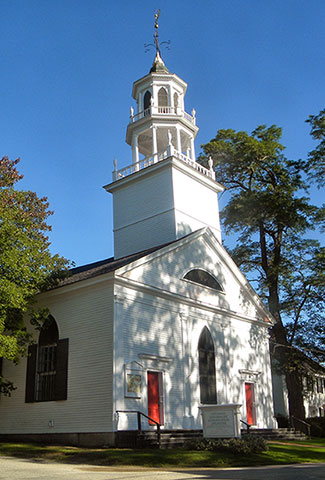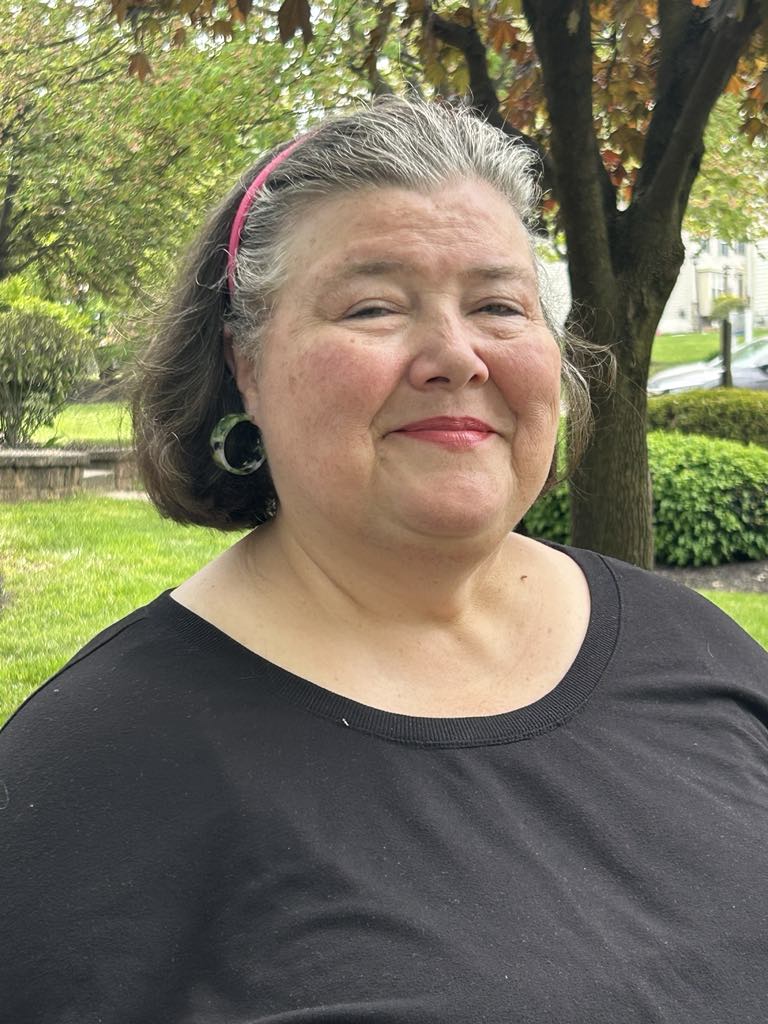Communities Make the Difference
In fact, the struggle against HIV/AIDS has always been a community affair. In the opening years of the AIDS pandemic, while our government did its best to ignore the crisis, communities throughout the country did their best to confront it, care for its victims and plead for help.
World AIDS Day
READING ~ End of An Epidemic by Mary Bowman ~ Emerge: A Collection of Poems (pp. 55-56). Kindle Edition.
End of An Epidemic
When it’s all said and done
We will pack our pain stained posters Pins labeled with our lives
And close doors we fought so hard to open
We will say farewell to the days
Our eyes were filled with what seemed an ever flowing river
The days when our bodies painted cities and towns the color red
When our voices strained broken yet kept speaking
Our hands blistered and bloody holding on to the promise of the end We
will throw away our stigmas as well as the world’s
We will throw away the doubts and the fears
We will only hold on to our stories
The ones we carried through decades of suffering Our ribbons,
the banners of our pride
Our loss of friends and family
And I don’t know
If we will have enough energy Or even the desire to ask
What happened
Or why the world was so mean We will probably just say thank you
Because what’s a good fight
Without worthy opponents
What is love, absent of hate
What is strength without pain
What would be life without our patchwork quilt of death
We will say Thank you Because it was all worth it
Bowman, Mary. Emerge: A Collection of Poems (p. 56). UNKNOWN. Kindle Edition.
READING ~ Communities at the Centre – DEFENDING RIGHTS
BREAKING BARRIERS REACHING PEOPLE WITH HIV SERVICES –
GLOBAL AIDS UPDATE 2019: UNAIDS Joint United Nations Programme on HIV/AIDS
Despite the scale of the challenges and the miles we must still travel together in the AIDS response, I am hopeful. The AIDS response has demonstrated what is possible when people organize and assert their rights. Around the world, people living with HIV and civil society have raised their voices and exerted leadership. As Mariana Iacono says in this report, “I decided to tell the world about how it is to live with HIV—to join the struggle, so that the world can be a little fairer towards us, the people living with HIV.”
When communities organize and people empower each other, oppression can be replaced by rights and access to HIV services can be accelerated. Peer-to-peer counsellors, community health workers, door-to-door service providers, grass-roots activists and networks of people living with or affected by HIV all have key roles to play in the response to HIV. As this report shows, community leadership in the AIDS response helps to ensure that HIV services are relevant to, and reach, the people who need them the most.
TALK Notes
A conversation with Natasya Sitorus, who supports parents and children living with HIV
Community organization: Lentera Anak Pelangi
Jakarta, Indonesia
Why are community-led organizations important?Children living with HIV may not be able to speak up. My organization, Lentera Anak Pelangi, is an amplifier of their causes, needs and aspirations. On behalf of these children, we help to speak up about the stigma and discrimination they experience in their daily lives. We help to push people to care about these children, although their numbers may not be significant compared to adults living with HIV in the country. We also have a member on our board who represents the parents of children living with HIV and who has become a role model for fellow parents.
A conversation with Nicholas Niwagaba, who works with young people in Uganda
Uganda Network of Young People Living with HIV/AIDS
Kampala Uganda
Why are community led organizations important?Community-led organizations have the ability to mobilize people, especially those on the periphery, such as sexual minorities, injecting drug users, adolescent girls and young women, people in rural areas and young people out of school. They provide peer support to other young people living with HIV beyond clinical settings, including for adherence to antiretroviral treatment, counseling and disclosure of their HIV status. They can communicate in innovative ways and their advocacy can help shape HIV policy and programming. They can also work in politically challenging environments where social infrastructures such as hospitals are broken down.
A conversation with Fei YU about Exploring the potential of the mobile internet in HIV prevention
Danlan Goodness
Beijing, China
Why are community led organizations important?Community-led organizations have strong connections to the community that they are serving or even come from the community. It is much easier for them to reach the target population and make HIV health education available in the most at-risk communities. They understand the community well, including the sub-culture, the language, the way of thinking, interests and worries, etc.
Community led organizations have a different role from government agencies. More importantly, they are cost-effective.
People with HIV/AIDS
Estimated number of people (all ages) living with HIVi
WHO region 2018
Africa 25 700 000
Americas 3 500 000
South-East Asia 3 800 000
Europe 2 500 000
Eastern Mediterranean 400 000
Western Pacific 1 900 000
37.9 million: Globally, 37.9 million people living with HIV in 2018
23.3 million: 23.3 million people were receiving antiretroviral treatment by end 2018
62%: 62% of people living with HIV were receiving antiretroviral treatment in 2018
(WHO) Global 37 900 000
Of course, the goal is to eliminate HIV and to successfully treat everyone who lives with HIV/AIDS.
Such a comprehensive goal will not be reached without sustained and determined international intervention and cooperation. And, it will take time. Intermediate goals are to reduce the rate of HIV transmission, to eliminate the stigma and discrimination that prevents people from getting tested and treatment, to make treatment available and affordable to all who need it, and to establish and maintain community support and inclusion for those who continue to live with HIV/AIDS.
A community-led, comprehensive approach
If additional resources are made available, how should they be invested?
One of the common lessons learned in a diversity of geographic, epidemic and cultural settings is that providing a comprehensive set of services tailored by and for the people in greatest need—and removing gender- and human rights-related barriers to service access—is a winning formula that alters HIV epidemics.
In South Africa and Zambia, an intensive door-to-door effort by community health workers to promote and provide a range of HIV and health services has achieved the 90–90–90 testing and treatment targets and dramatically reduced new HIV infections (2).
In New South Wales, Australia, strong collaboration between public health authorities and community groups to provide PrEP, combined with immediately starting treatment for all people diagnosed with HIV, has reduced the number of new HIV diagnoses to their lowest level since 1985 (4).
The cascade from HIV testing to viral suppression
More people living with HIV than ever before are aware of their HIV status, are receiving antiretroviral therapy and have suppressed their viral load to undetectable levels. Strong gains in HIV testing and treatment access over the last 15 years have transformed the way that HIV is perceived across the world: what was once a death sentence is now, for most people, a chronic—but still dangerous—health condition that requires careful management. The fact that people who are virally suppressed cannot transmit HIV sexually has also changed the way that countries approach HIV prevention (1, 2).
There remains considerable room for improvement. More than 20% of people living with HIV are not aware of their HIV status, and nearly half of all people living with HIV have unsuppressed viral loads. In some settings, the number of people living with HIV who were initially on treatment but have subsequently been lost to follow-up is larger than new treatment enrollment. The gaps along the HIV testing and treatment cascade are particularly large for men, young people and children.
Learning from the Kenyan and American Communities of Gay men living with HIV
HIV SERVICES.
Anthony Adero Olwenty: “As a gay man living with HIV in Kenya, I faced many challenges. I started to engage in community advocacy around HIV and lesbian, gay, bisexual, transgender and intersex (LGBTI) issues. It was important for me to let other people know about my experiences and bring about change at both the community and larger societal level.
I started to experience harassment, marginalization and discrimination based on my sexual orientation and HIV status. I received death threats, and during this time, I also lost one of my closest friends. It became so unbearable that I eventually had to leave my country for my own health and safety.
I ended up moving to the United States of America where I had to start my life from scratch. It was not easy, particularly adapting to a totally different cultural environment. I sought help from both the LGBTI community and the community of people living with HIV.”
Despite the relatively high calibre of medical care in the United States, stigma and discrimination against the LGBTI community and people living with HIV still create many issues, but community advocates have helped me become resilient and to be who I am. They also reminded me of how important it is to maintain my ties with the community, since this is the first place I can reach to for help. I want to contribute to the community. I have found hope and support by acting as a peer and client navigator within the health-care system in the United States. I also advocate for better health-care and an end to HIV-related criminalization. I am currently studying to become a professional social worker.
In the Kenyan health-care system, I saw persistent negative stereotypes and biases, including the incorrect beliefs that all LGBTI people are sex workers, and that all gay men and other men who have sex with men have HIV. I want to help those in the LGBTI community living with HIV, not only in the United States, but also in my own country. My hope is that in the future, other Kenyan gay men will not follow in my footsteps, forced to leave their country because of their sexual orientation or HIV status.
We have shared the statistics and the stories.
Now, what shall we do?
My message this morning is not a harang to do more or an invective against those world leaders who do so little in the face of so much suffering.
No, my message this morning is a simple heart-felt plea for us to remember that even in the presence of astonishingly effective treatment for some, many more continue to live at great risk and to suffer.
In our remembering, may we share the love we can give and may we remind our leaders to stay the course or correct the course of international funding and support to end this epidemic.
May we reach the time when the epidemic has ended we all can and will join with poet Mary Bowman.
We will probably just say thank you
Because what’s a good fight
Without worthy opponents
What is love, absent of hate
What is strength without pain
What would be life without our patchwork quilt of death
We will say Thank you Because it was all worth it
Blessed Be. I Love You. Amen.


